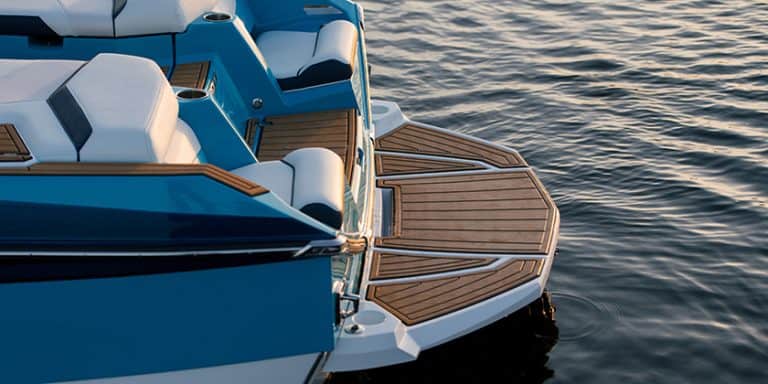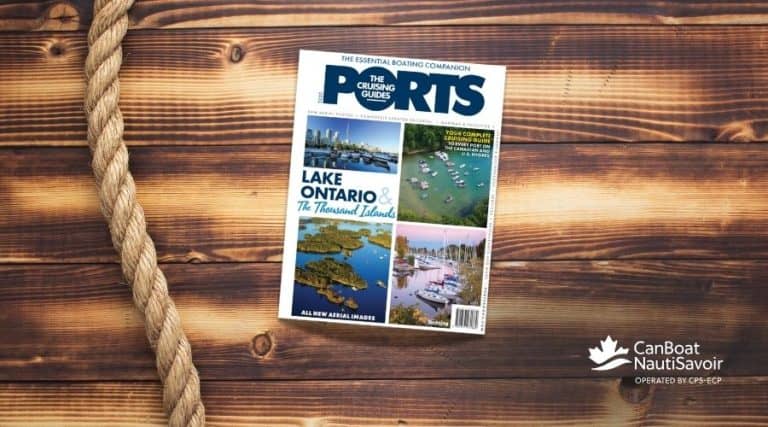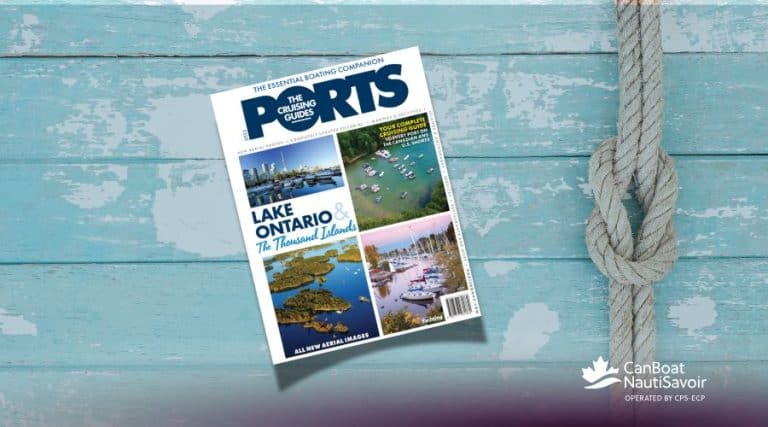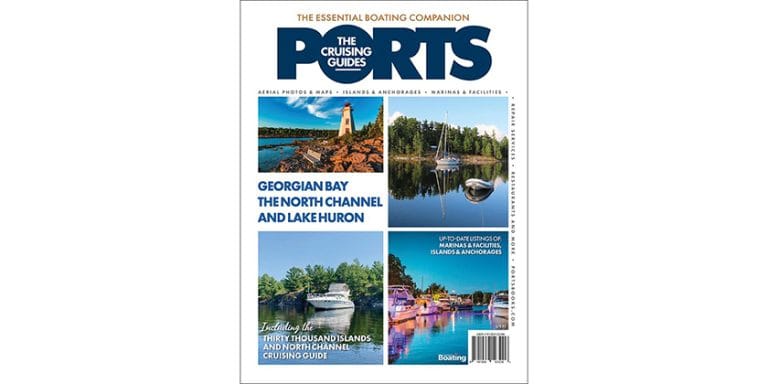PORTS: Can’t miss tips: Understanding Binoculars
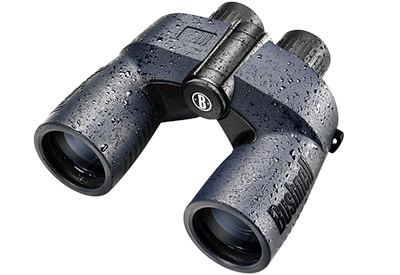
Sept 26, 2019
Don’t miss the boat with these Cruising Tips from PORTS.
The new editions of PORTS Cruising Guides, from the publishers of Canadian Yachting will be available in January!! Look for upcoming details on how to order your copy early!
Understanding Binoculars
Binoculars are essential for any cruising destination. Spotting potential water hazards, basic navigating and identifying points of interest along the shoreline or waterway are just a few of the many applications. There are a wide variety of sizes, models and focal lengths available. Prior to purchasing binoculars, you need to determine what type of binoculars you need for your particular boating activity. Listed below are a few pointers to help get you started in your purchasing process.
Magnification By The Numbers
10×50? 10 by 50 what? One of the first elements to understand about binoculars is the magnification. For instance, 10×50 indicated the subject will be 10 times closer than it would be with your naked eye. Magnifications generally range from 1x to 15x, providing a good selection for your application. In most cases 7x to 10x is appropriate for typical marine use on a sunny day. But there are exceptions. A wider 1x power may be appropriate if you’re trying to navigate your boat with night vision binoculars (some manufacturers even offer a hands-free headset with eyepieces and different magnifications as an option).
Binoculars with a magnification more than 8x may start to become difficult to hold steady. In addition to natural breathing movements and hand-shake, the motion of the waves hitting the side of the hull alone just may leave you wishing you had opted for a lower magnification or at the very least, binoculars that have a built-in optical stabilization system that are offered on some models.
Sensitivity
Determining the range you need is only part of determining the right set of binoculars.
The amount of light gathered by your binoculars is another important consideration.
Indicated in part by the second number (i.e 10 x 50), which measures the diameter in millimeters of each of the objective lenses (the large ones furthest from your eyes). For example in the case of 10×50 binoculars, your objective lenses would be 50 millimetres wide. Comparable to an aperture on a camera, the wider the objective lens is, the more light passes through to the side where your eyes are. Even the difference of a few millimetres can make a huge difference. For instance, models that are 7×50 are potentially twice as bright as a 7×35. Although the difference is a mere 15 millimetres, the curved surface area of a lens makes a seemingly small change in lens diameter more significant.
When using binoculars during daylight hours, sensitivity isn’t as large of a concern. However, if there is a chance of using binoculars during the hours of waning sunlight in the evening or early morning, then a larger set of objective
lenses should be considered. In most cases, the trade off for improved sensitivity is a larger set of binoculars.
Another factor to determine is exit pupil, which indicates the amount of light that actually reaches the eye. For instance, the exit pupil can be calculated by dividing the objective number by the magnification (7×42 would be six). Therefore, as the human eye can dilate to approximately seven millimetres at best, any more light that is gathered will be lost – hence binoculars with a 7×42 are brighter than models that are 10×42 as they have an exit pupil of 4.2 millmetres.
Quality
One more factor to consider is the quality of the glass and coating. Most binoculars have at least one layer of antireflective optical coating to reduce the amount of light being reflected away from reaching your eyes. While multiple lenses are within each binocular, models with only one coating on at least one of the lenses are known as ‘coated’ binoculars. Binoculars labeled as ‘fully coated’ on the all lenses are coated with a single layer and offer higher optical quality are usually more expensive than ‘coated binoculars. Binoculars with multicoated lenses have more than one antireflective layer applied on a few lenses. Most top-of-the-line models are ‘fully multicoated,’ and all lenses are coated with multiple layers and are generally the most expensive. Another coating that is used by many manufacturers is phase-shift coatings or P-Coatings, which are commonly used for porro prism binoculars. Most marine models utilize a porro prism technology. In addition to the objective lenses being offset from the eyepiece, the benefits include greater depth perception and generally a wider field-of-view.
Marine Ready?
Are your binoculars ready for the marine environment? If they are, then they should be waterproof – not water resistant. There is a difference. Water resistant models are sufficiently sealed to withstand a light drizzle, but can’t withstand being submerged in water. Waterproof models can be submerged to a rated depth and will also resist changes in humidity and temperature to resist condensation.

